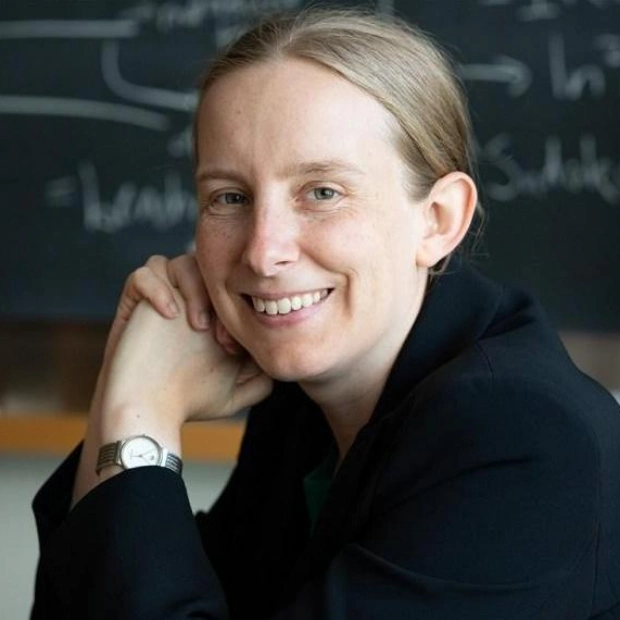The British household saving rate has surged since the Covid-19 pandemic and shows no signs of abating, a trend that cannot be solely attributed to higher interest rates or concerns over unemployment, according to the Office for National Statistics (ONS). The ONS's analysis, released on Monday, revealed that British households saved 11.1 percent of their income in the first quarter of this year, a significant increase from 5.8 percent in the last quarter of 2019. This marks the highest savings rate since 2010, excluding the initial pandemic period when it reached 27.4 percent.
This sustained rise in the British household savings rate stands in contrast to trends in the United States and the euro zone. The US personal savings rate currently stands at just under 4 percent, roughly 3 percentage points lower than in 2019. Meanwhile, the euro zone's savings rate, at 14.7 percent, exceeds that of Britain but has seen a less pronounced increase since 2019. The savings rate measures the percentage of household income, after taxes and benefits, that is not spent. This includes employers' pension contributions and changes in the value of retirement savings.
The ONS estimates that the excess savings accumulated by British households since the pandemic range between 143 billion and 338 billion pounds ($185 billion to $437 billion). Unlike in the US, where these savings have significantly supported household consumption and economic growth, British households have been hesitant to spend their accumulated savings. The ONS noted that a significant portion of these savings are held in cash rather than longer-term investments, indicating that British households do not view these savings as permanent.
The decision of whether to spend past savings or for the current high savings rate to revert to pre-pandemic levels is crucial for both retailers and the Bank of England. Retail volumes in the UK remain just below pre-pandemic levels, and a decision to spend past savings or a lower future savings rate could stimulate consumer demand and potentially fuel inflation. The ONS analysis suggests that over 40 percent of the increased savings rate since 2019 can be attributed to higher interest rates and changes in earnings expectations.
The Bank of England's interest rates have risen from 0.1 percent to 5.25 percent between December 2021 and August 2023, making borrowing more expensive and saving more attractive. Financial markets anticipate that the central bank will only gradually reduce rates over the next 12 months. Less than 10 percent of the increase in the savings rate was due to additional precautionary saving driven by fears of unemployment. However, the remaining increase, nearly half, is attributed to 'other factors' which the ONS suggests could include geopolitical concerns or economic worries not directly linked to unemployment or interest rates.
"The harsh reality of income loss and economic instability during the Covid-19 pandemic served as a stark reminder of the perils of lacking adequate savings," commented Myron Jobson, senior personal finance analyst at fund platform Interactive Investor.






